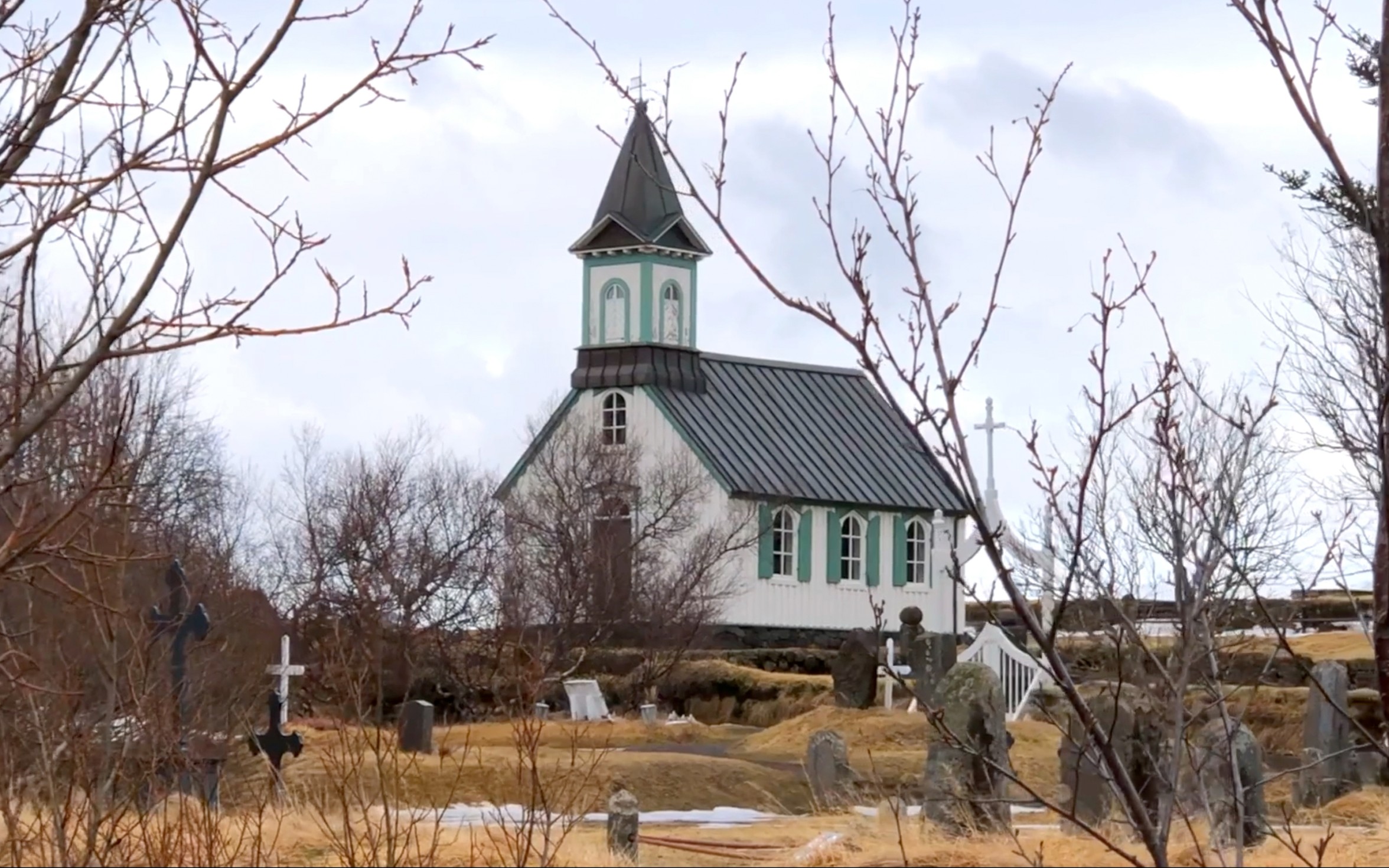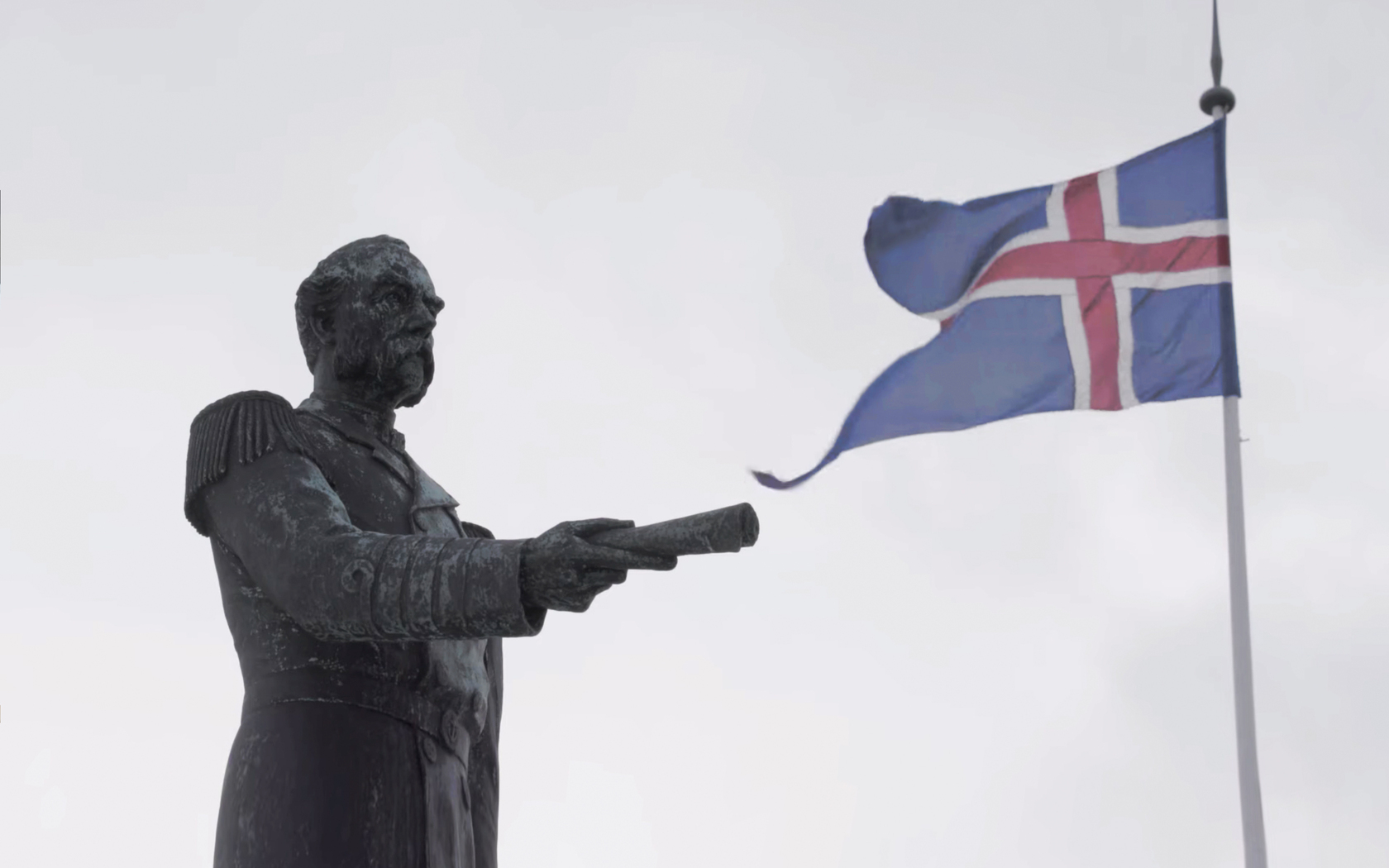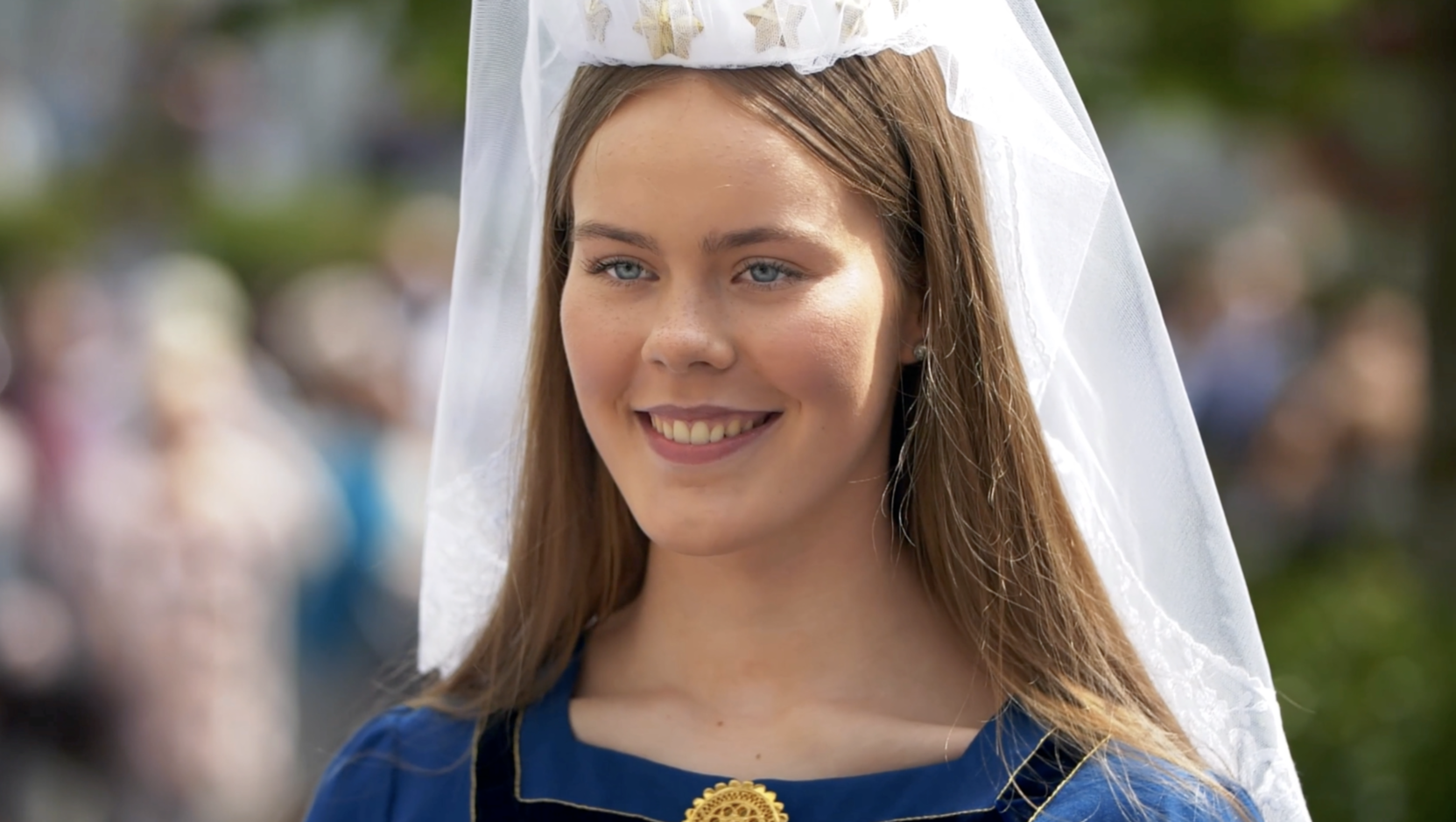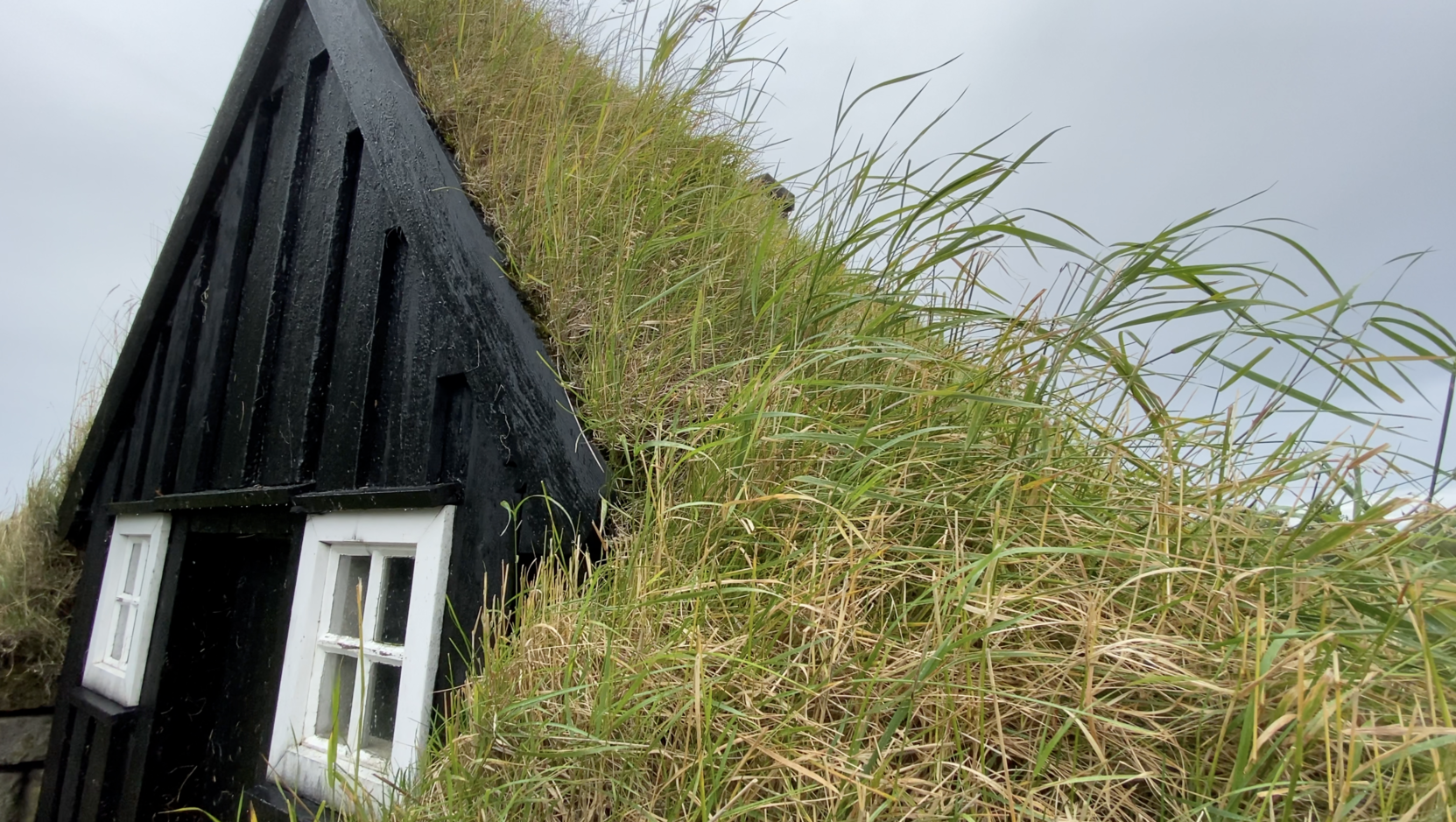History, Geography & the way of living
History of Iceland - Highlights Settlement of Iceland
- Iceland was settled when people began moving to the country to live there. At the time, there were no people, no towns and almost no animals in Iceland.
- The best-known settler is Ingólfur Arnarson, who settled in Reykjavík around the year 870.
- During the Age of the Settlement (870-930), thousands of people, mostly from Norway, sailed to Iceland. They were accompanied by their wives and slaves, some of them from Ireland and the British Isles.
- The settlers brought with them livestock, tools and equipment.
- The settlers are often referred to as Vikings.
- The Vikings of the Nordic Countries and Britain sailed to other countries where they stole valuables – and people – from towns and villages.
- The Vikings in Iceland were first and foremost farmers, although they fought among themselves for honour and power.
- Wealthy farmers who owned large tracts of land became chieftains with a following of farmers.
Althing
- Althing, the Icelandic Parliament, is the oldest functioning parliament in the world. www.althingi.is
- It was established at Thingvellir in 930 and was convened annually there until 1799.
- Althing was reestablished in Reykjavík in 1844, in the parliament building at Austurvöllur.
- There are 63 members of parliament in the Althing. They sit in parliament on behalf of political parties that are elected by secret ballot
- once every 4 years.
- Following the election, a government is formed and cabinet ministers appointed.
Voting Rights and the President of Iceland
- In 1915, some women gained the right to vote in Iceland.
- In 1920, everyone over the age of 25 was given the right to vote. The voting age was gradually lowered
- and is now 18 years.
- The President of Iceland is elected every four years.
- The President of Iceland is Guðni Th. Jóhannesson.
- The first woman to be democratically elected president in the world was Vigdís Finnbogadóttir in 1980. She was president for 16 years. www.forseti.is
Icelandic Independence
- Iceland lost its independence to Norway in 1262 and later became a colony of Denmark.
- Jón Sigurðsson is the most well-known advocate for Iceland’s independence. Iceland's national holiday is his birthday, 17 June.
- Iceland became a sovereign state on 1 December 1918.
- The Republic of Iceland was founded on 17 June 1944.
- Iceland gained independence without armed conflict.
Religion
- Pagan belief: Settlers in Iceland were pagan, like most Nordic people at the time. They believed in various gods, goddesses and deities. Sacrifices were offered to the gods and feasts were held to honour them.
- Christianity: Icelanders adopted Christianity in the year 1000 and the transition was peaceful.
- The Catholic Church was dominant in Europe until the Reformation in the 16th century. The Iceland Reformation took place in 1550 and the Church of Iceland is Evangelical-Lutheran.
Economy
- Iceland was a farming community until the beginning of the 20th century.
- Sheep were fully utilised, both as a source for food and wool.
- Fishing was done on undecked rowboats.
- With the mechanisation of boats and the introduction of trawlers, fishing increased and fisheries became a major industry.
Housing
- From the 9th to the 19th century, most Icelanders lived in turf farms,
- built of turf and stones. They were not sturdy, but they kept the warmth inside. They were dark, however, and frequently filled with smoke.
- In the evenings, the household sat together in the upstairs living quarters where they did handiwork, recited poetry and told stories.
- Following the end of the Second World War in 1945, many small apartment buildings were built in Reykjavik and in the early 1970s, larger apartment buildings began to be constructed in Breidholt.
World War II
- The Second World War of 1939-1945 had a major effect on the world, including Iceland.
- Iceland declared its neutrality but was occupied by the British and later, the American Army. There were tens of thousands of soldiers in the country.
- Many people moved from the countryside to Reykjavik, where they could get work servicing the army.
- After the war, Iceland received Marshall Plan aid from the United States and used part of the amount for social housing.
- Iceland was one of the founding members of NATO in 1949.
Modern Iceland
- Iceland has a diverse economy, but the fishing industry, aluminum production and the tourism industry are of great importance to the country's economy.
- Farmers produce meat and vegetables. Industry and manufacturing is diverse.
- High-tech manufacturing companies operate in the country.
- The level of education is rather high in Iceland and most people attend secondary school. More women than man receive university-level education.
- The beginning of the 20th century saw major class struggles as the populace fought for rights such as the right to sick leave, minimum rest, working time limits, parental leave and unemployment benefits.
- The women's movement is part of the equal rights struggle in Iceland. Women have fought for voting rights, equal pay and gender equality in all fields. Candidates from a women’s party served as members of parliament.
- It took decades for the gay rights movement to achieve equal rights.





